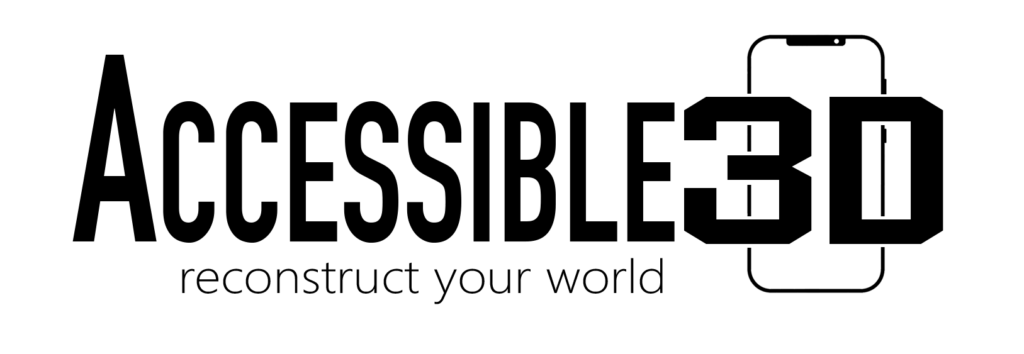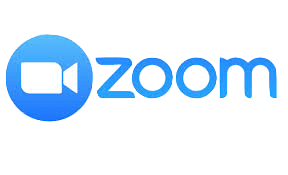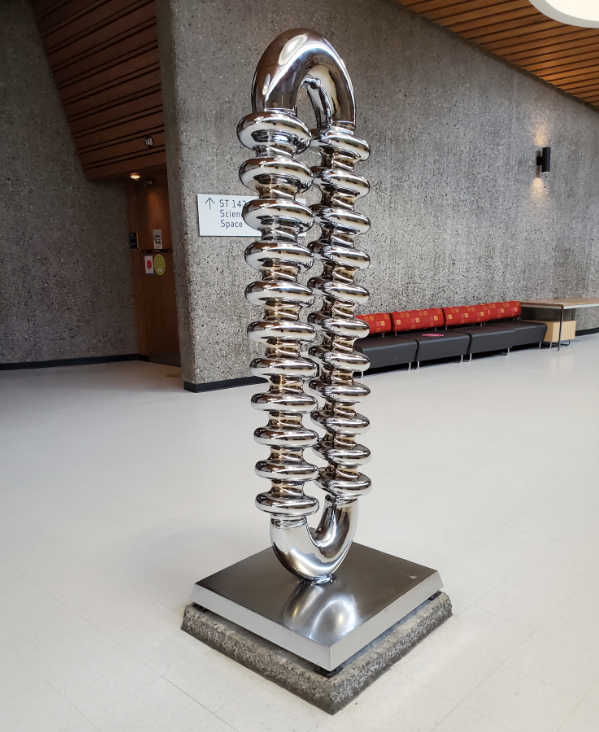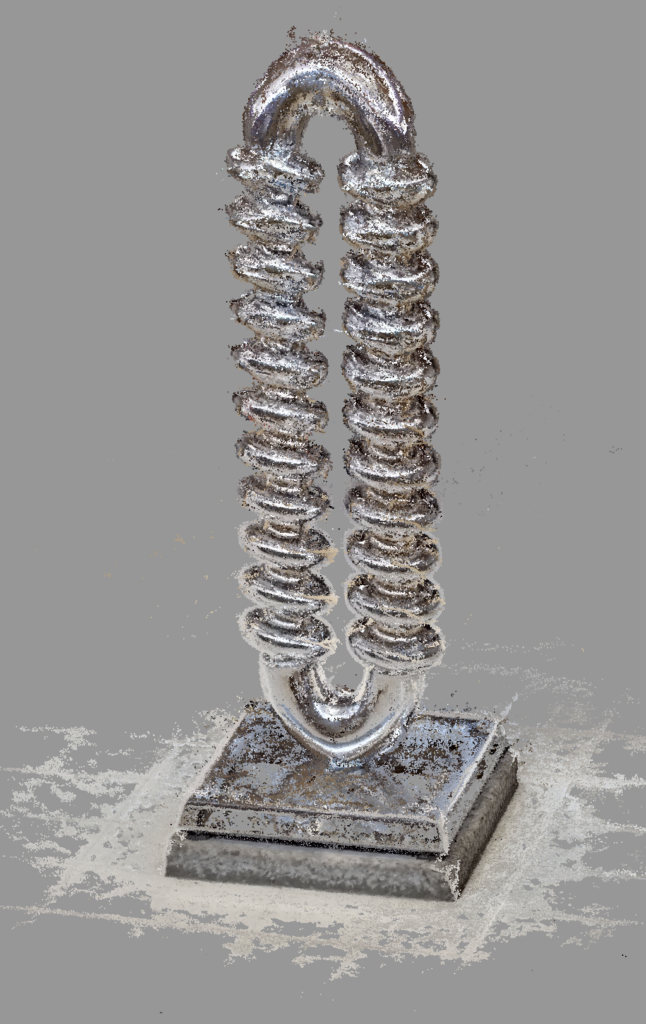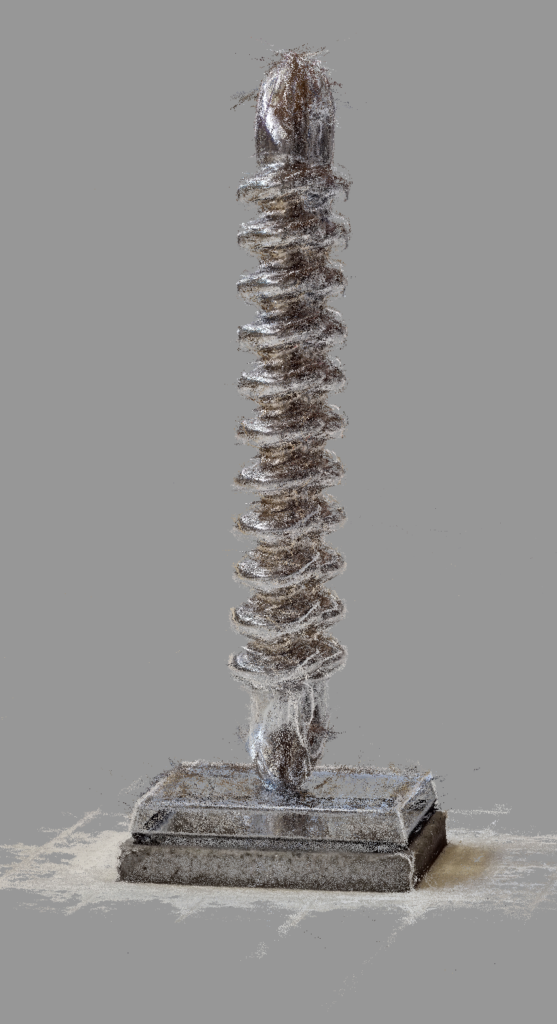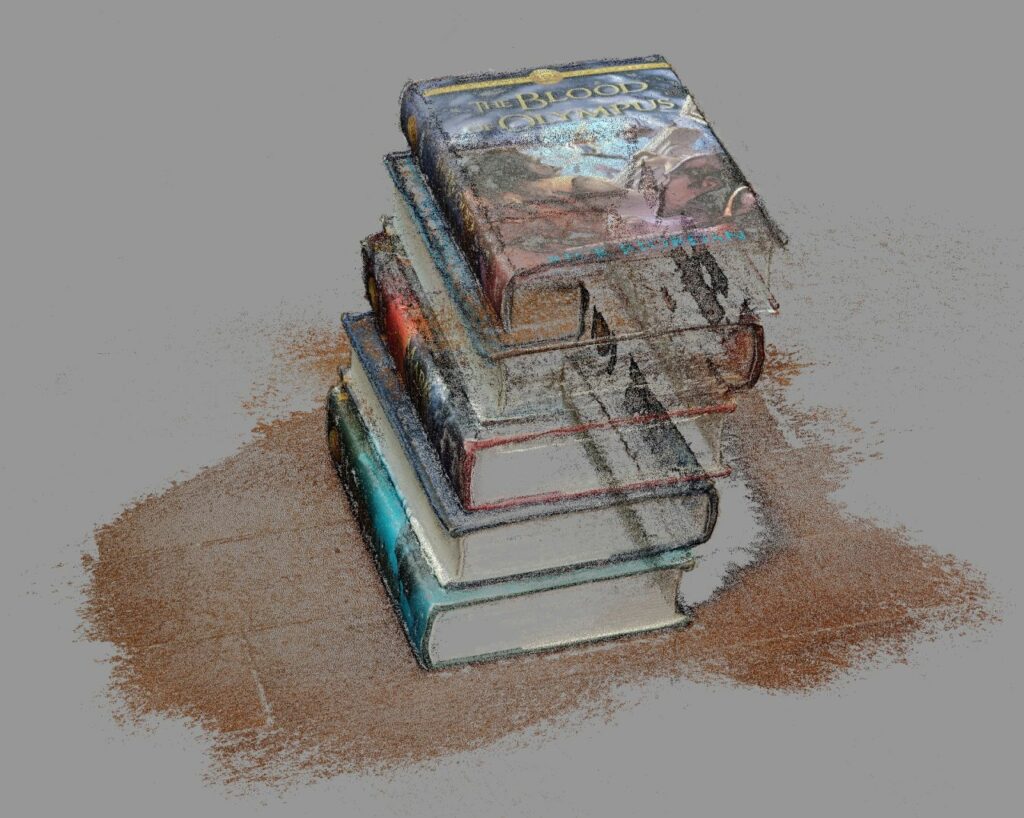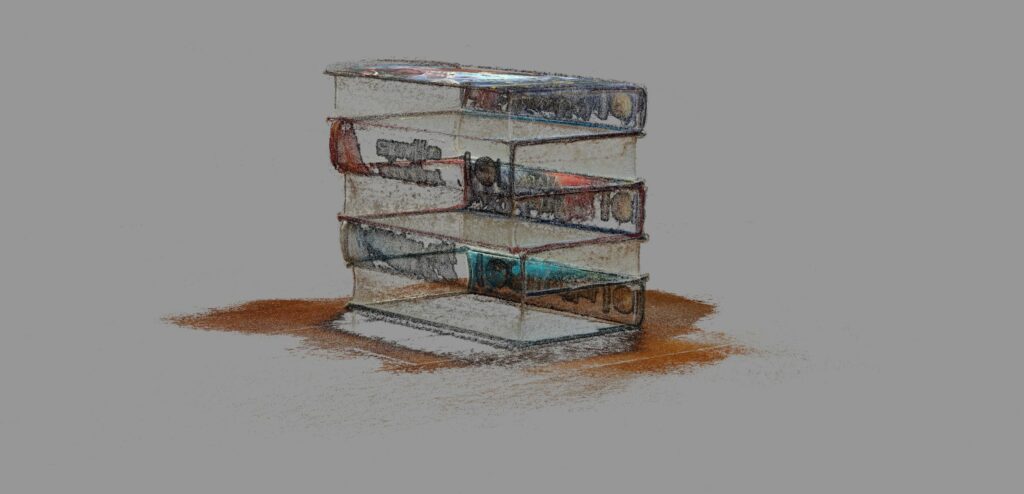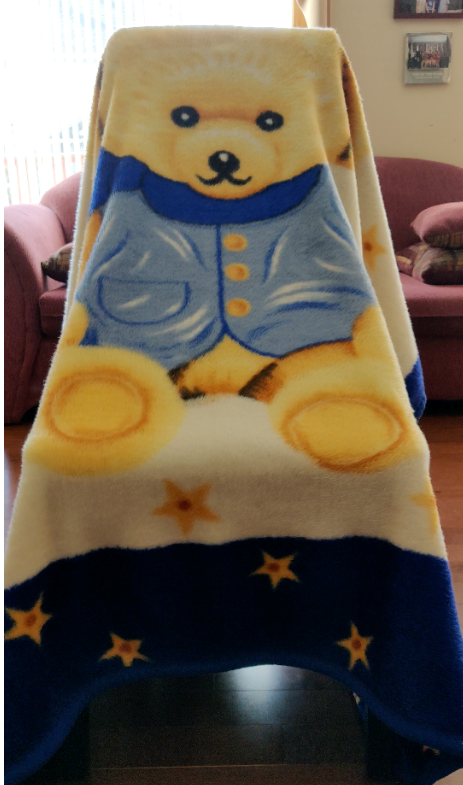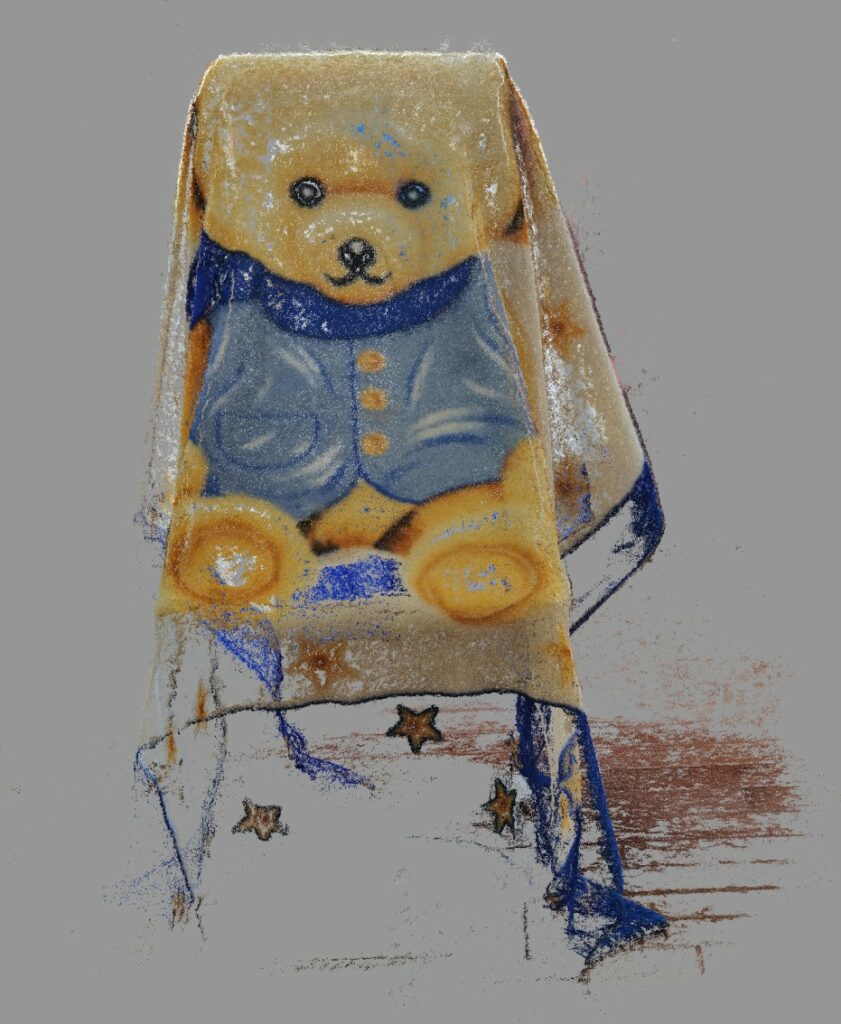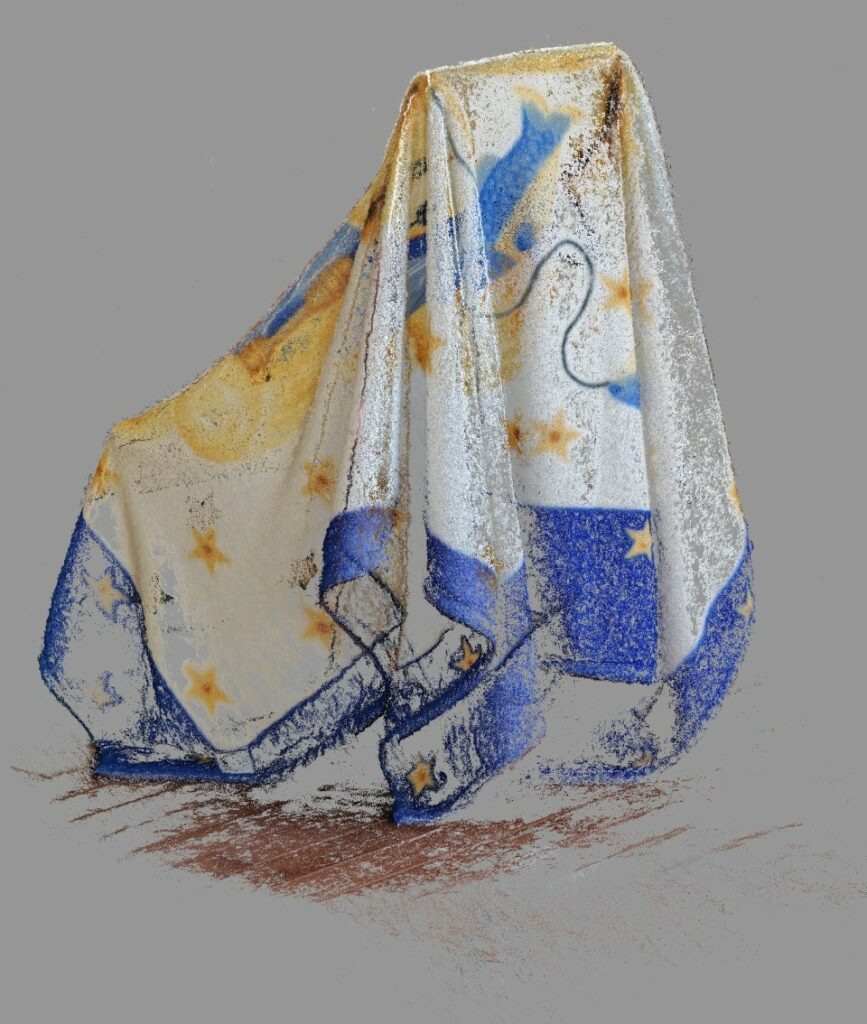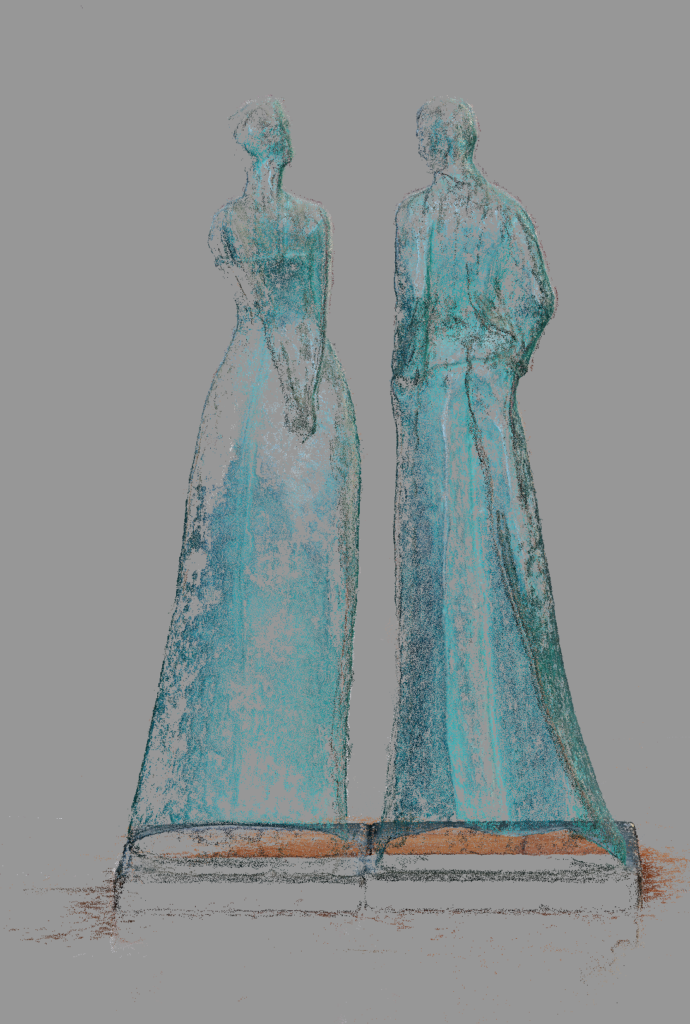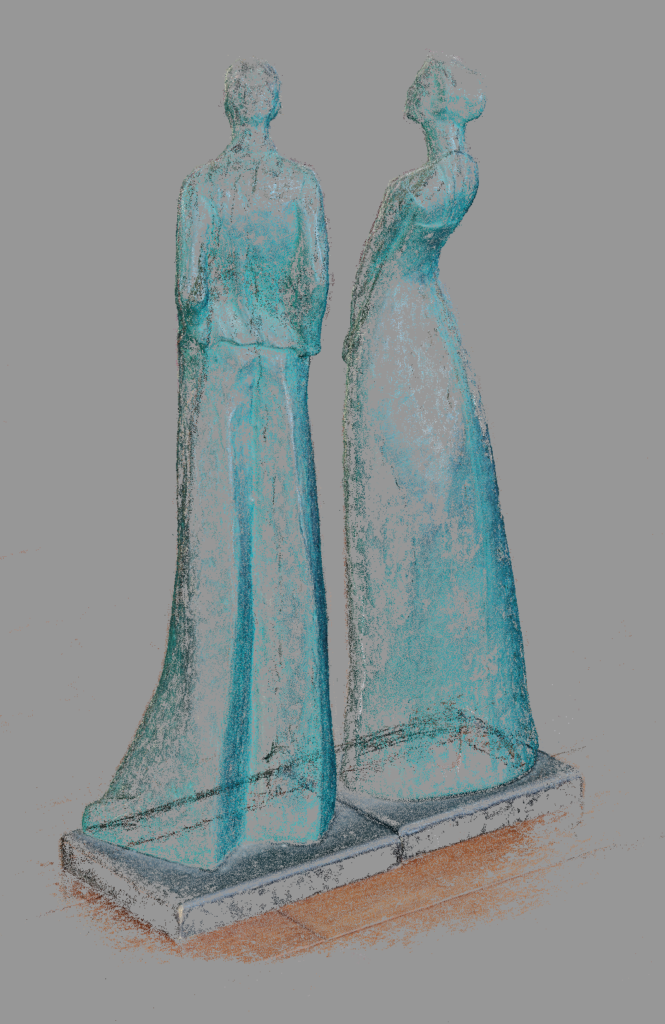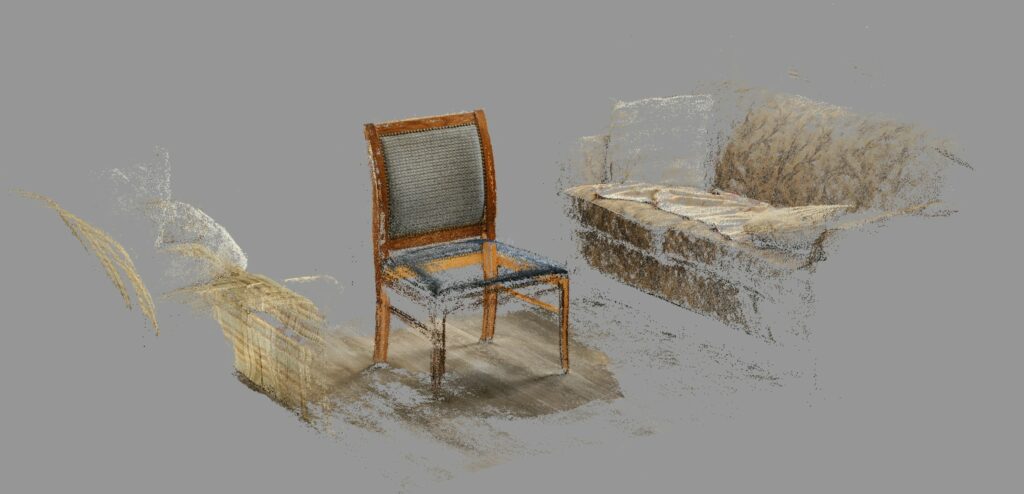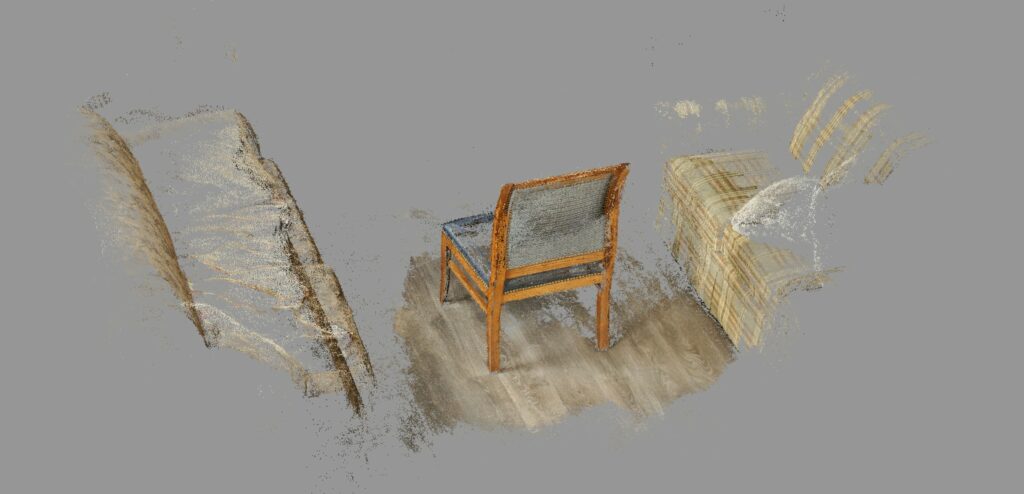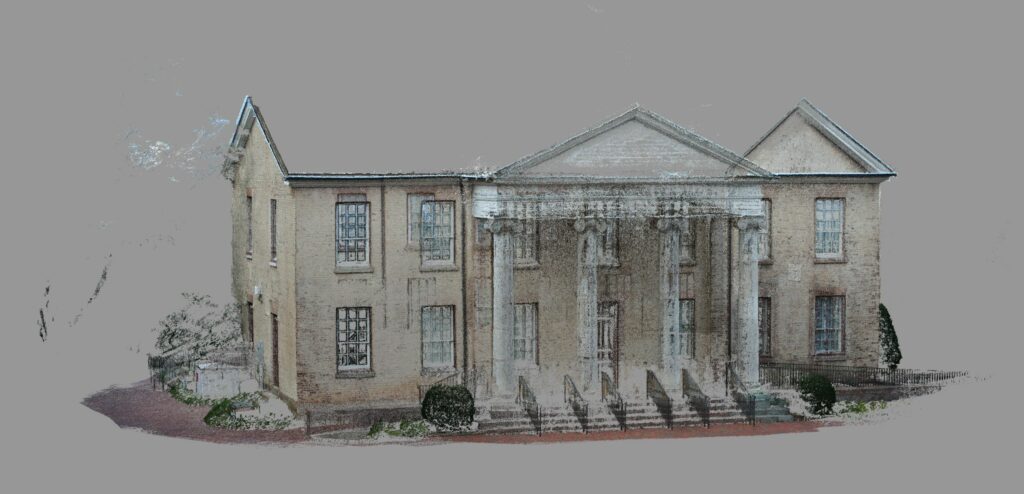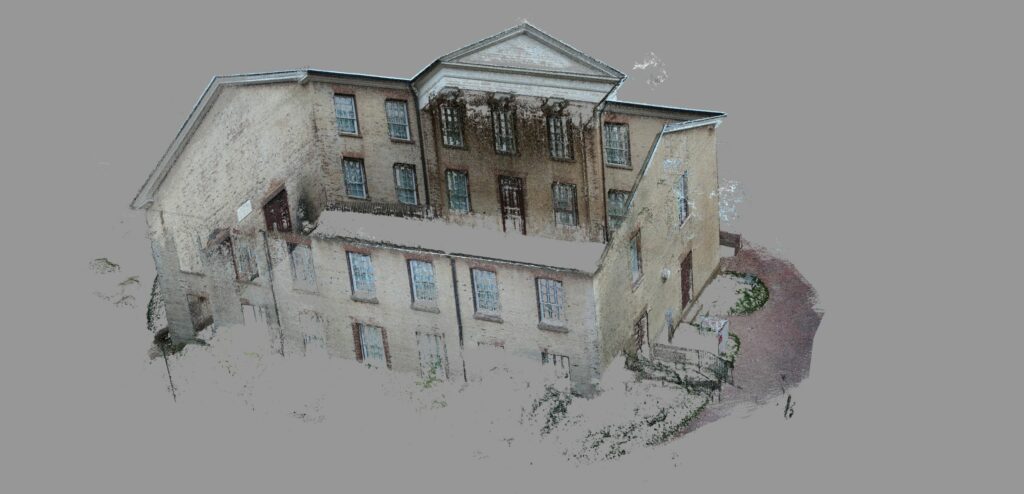Project Category: Geomatics
3D Reconstruction in a Digital Age
Accessible 3D Reconstruction by Smart Phone Photogrammetry is about enabling everyday people to produce high quality 3D models using just a mobile phone camera, with no prior knowledge. By making reconstruction accessible to all, the group aims to bring attention to the industry’s recent advancements in efficiency and cost. Many of today’s hottest technologies (e.g. Computer vision, AI, Autonomy) require 3D data, whether it’s LIDAR, positioning, or model data. We hope to reduce the entry barrier for photogrammetry through education, in turn promoting innovation in engineering in the future.
Meet The Team
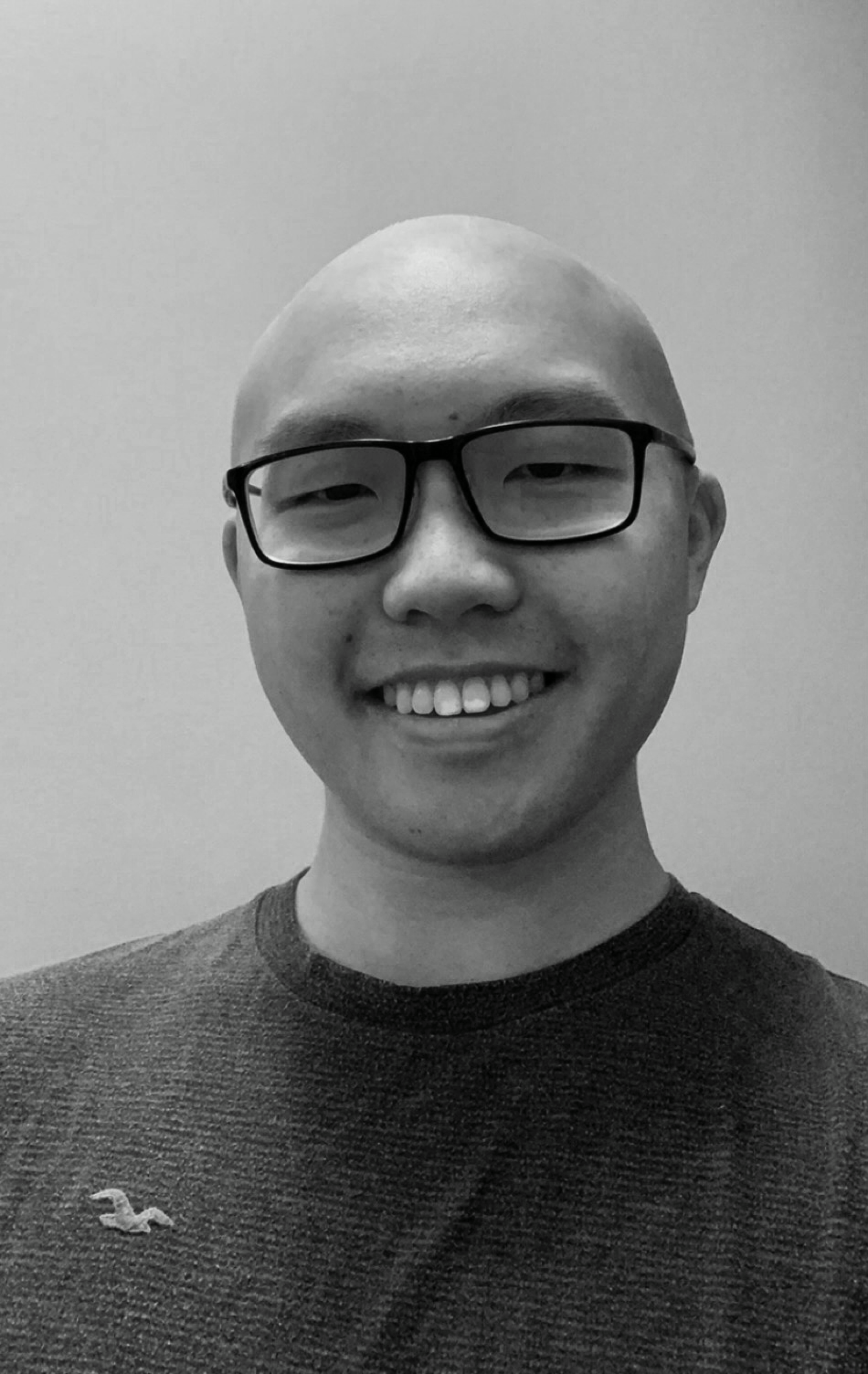
Aaron Chen
Front End Developer & Content Creator
Aaron is a Geomatics Engineering student who enjoys seeking new ways to challenge himself. He is a very curious mind who is passionate about cybersecurity, computer vision and the application of RPA’s in various industries. He also loves creative projects that apply his skills in video editing and cinematography.

Michael Ah-Kiow
Project Manager & Software Developer
Michael is Geomatics Engineering student and a Software Developer who is passionate about making this world a better place. He registered in the department of Geomatics Engineering because of his interest in lidar data, GNSS (Global Navigation Satellite Systems) positioning and autonomous driving. In the future he’d like to learn new exciting technologies such as Artificial Intelligence and Deep learning and how they can contribute to autonomous positioning.
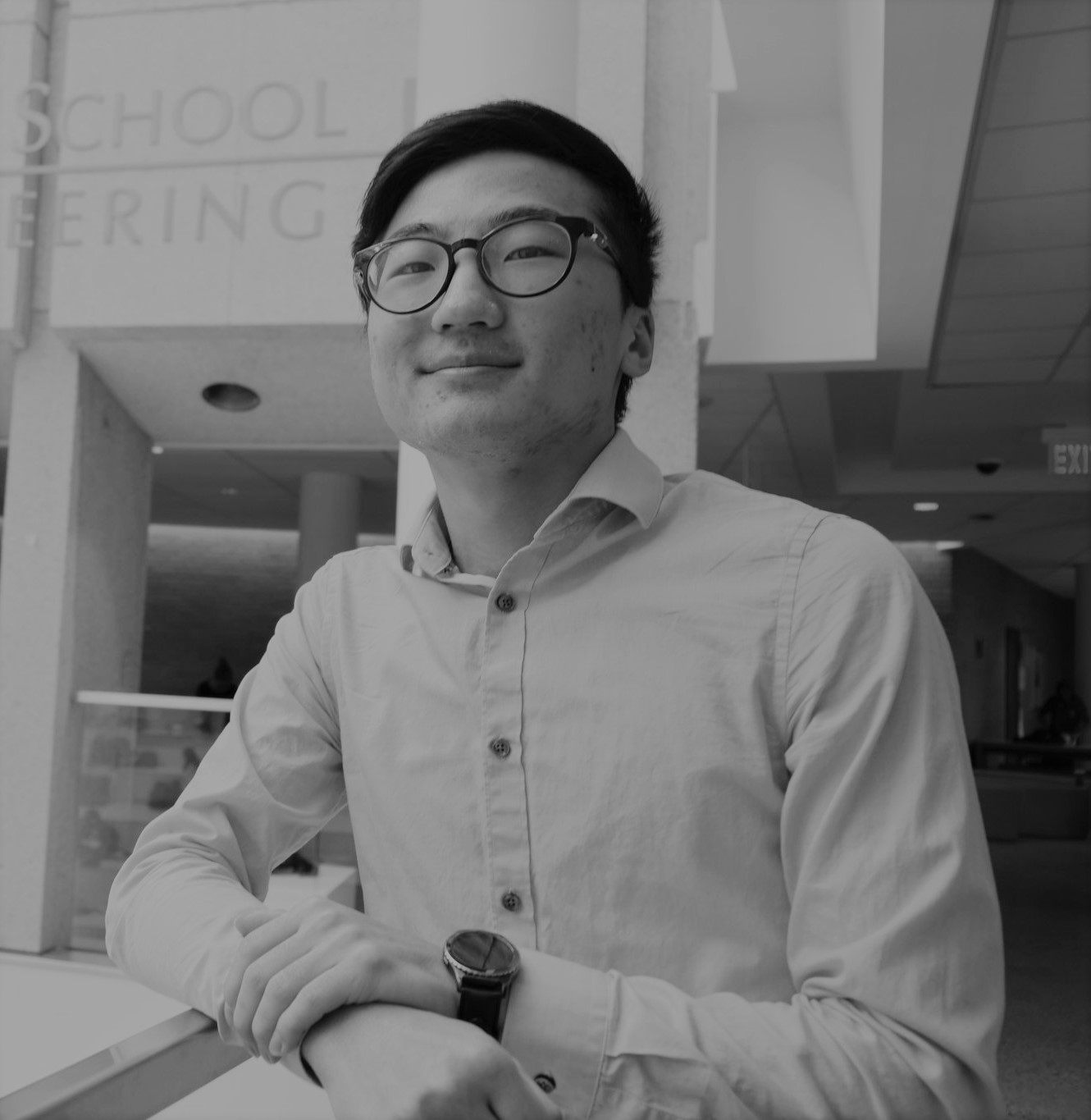
Joshua Cho
Process Design & QA Lead
Josh is a Geomatics Engineering student who is dedicated to solving society’s problems one step at a time. With an open-minded perspective and adaptable approach, Josh hopes to apply his engineering know-how to develop and improve Geomatics solutions in the real world.
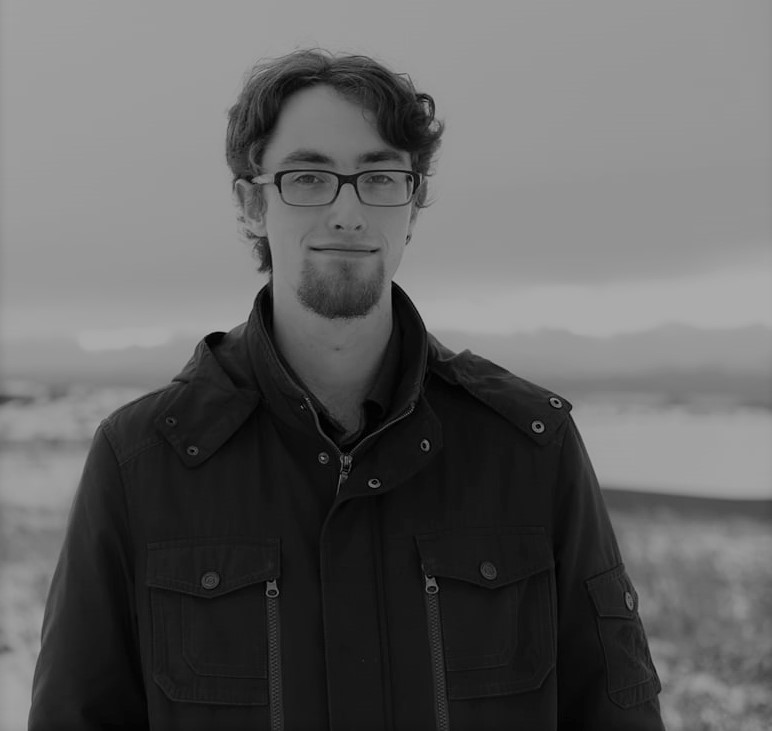
Wynand Tredoux
Photogrammetry Specialist
Wynand Tredoux is a Geomatics Engineering student and Research Assistant at the University of Calgary. He is passionate about all things photogrammetry including camera calibrations, bundle adjustments, and terrestrial laser scanning. Wynand seeks to expand his own knowledge by apply Geomatics concepts to real-world applications such as indoor positioning, computer vision, and virtual/augmented reality.
Technical details of our Project
OVERVIEW OF PHOTOGRAMMETRY
Photogrammetry is a branch of geomatics engineering involving the process of visualizing, analyzing, and modeling images in space to obtain 3D measurements. Photogrammetric techniques are used for many applications, including aerial mapping, environmental modelling and more. Of its various functionalities, one of photogrammetry’s emerging applications is 3D reconstruction, which focuses on the gathering, processing, and converting of 2D imagery into 3D models. The generation of these models have been trending upwards in many different fields, such as archeological preservation, structural engineering, artifact documentation, etc. It’s incredibly useful for preserving historical records of objects and other features. It’s also used for measurement, visualization and comparison of features in a digital space.

PRINCIPLES OF 3D RECONSTRUCTION (THE HOW)
There are two primary methods of generating models for 3D reconstruction with photogrammetry, the first of which uses active sensors such as laser scanners, lidar cameras, or time of flight cameras. These sensors are combined with triangulation principles, the known speed of light, and an indirectly measured time to calculate the distance between a sensor to an object (Kim & Lee, 2013). This distance is known as depth and is computed at every pixel of an image. However, a much cheaper and more accessible alternative is passive photogrammetry, which uses a set of redundant images from various angles to generate a complete 3D model without the need for a specialized sensor.
Kim, D., & Lee, S. (2013). Advances in 3D Camera: Time-of-Flight vs. Active Triangulation. Advances in Intelligent Systems and Computing, 193, 301–309.
HOW DOES OUR DESIGN ADDRESS PRACTICAL ISSUES?
The objective of this capstone is to provide a methodology for 3D reconstruction by smart phone photogrammetry accessible to the public with an everyday sensor like their cellphones. One might think of reconstruction as inefficient or unnecessarily complex, yet with passive photogrammetry, all that is required is a simple imaging device and adequate software. Furthermore, with the rapid advancement of technology and the quickened flow of information through the world wide web, it has never been easier to develop accurate and precise models with little to no expertise. The opportunity for innovation given accessible consumer-based photogrammetry is limitless; a list of possible applications includes finding the measurements of your room, observing changes of a local site/building, or finding body measurements before shopping.
WHAT MAKES OUR DESIGN SOLUTION EFFECTIVE?
1. Research & Feasibility test
The project’s first component was a feasibility test to investigate whether photogrammetric 3D modelling is possible without the need for complex engineering steps such as calibration or software development. Initially, research was done to find photogrammetric software packages which fit our needs. From this list, a finalized group of software candidates were limit tested using online image datasets. This allowed us to draw conclusions for which software package to recommend to users, as well as determine what image quality recommendations are needed for a successful reconstruction. An example of a comparison between the reconstruction of the Statue of David using Colmap and VisualSFM (Candidate software) is shown below.

2. Data Collection & Implementation
In the next stage, the group performed model reconstruction on various objects using photos from a smartphone camera. Data collection and model generation were done in iterative steps to refine our photogrammetric process and obtain a deeper understanding of its limitations. Ultimately, the group generated more than a dozen models, some of which are shown in the gallery below, with models differing by size, location, color, lighting and more.
3. Accessible Methodology via our Learning Platform
In the project’s final step, the findings from our feasibility and limit tests were used to create a comprehensive methodology, focuses on making the reconstruction process accessible for everyday people. This methodology is presented on our website, developed using the Vue.js framework and deployed using Netlify’s hosting services.
HOW WE VALIDATED OUR DESIGN SOLUTION?
Our testing underwent many iterations using many different configurations, datasets, and programs, which allowed us to refine the process of developing 3D models. The experience and knowledge from the refinement process were consolidated into what we believe to be a complete instruction manual for anyone wanting to learn 3D reconstruction, regardless of background.
Furthermore, to validate the simplicity and ease of use of our methodology, we had a few of our family members and friends read and go through the procedures. Through this QA process, our manual evolved become more user friendly over time. Ultimately, we seek to allow non engineers enjoy the process of making cool 3D models!
HOW CAN YOU LEARN MORE ABOUT US?
You can learn more about us or our project by visiting our learning platform/website or by contacting any of the group members!
Some Examples
Partners and mentors
This year has been extremely hard for many of us. We want to properly thank Dr. Derek Lichti for being such an amazing mentor and project leader. His expertise and knowledge has made all of this possible. We also want to thank Dr. Michael Collins for his patience and his understanding of the circumstances around working in an online/remote capstone.
